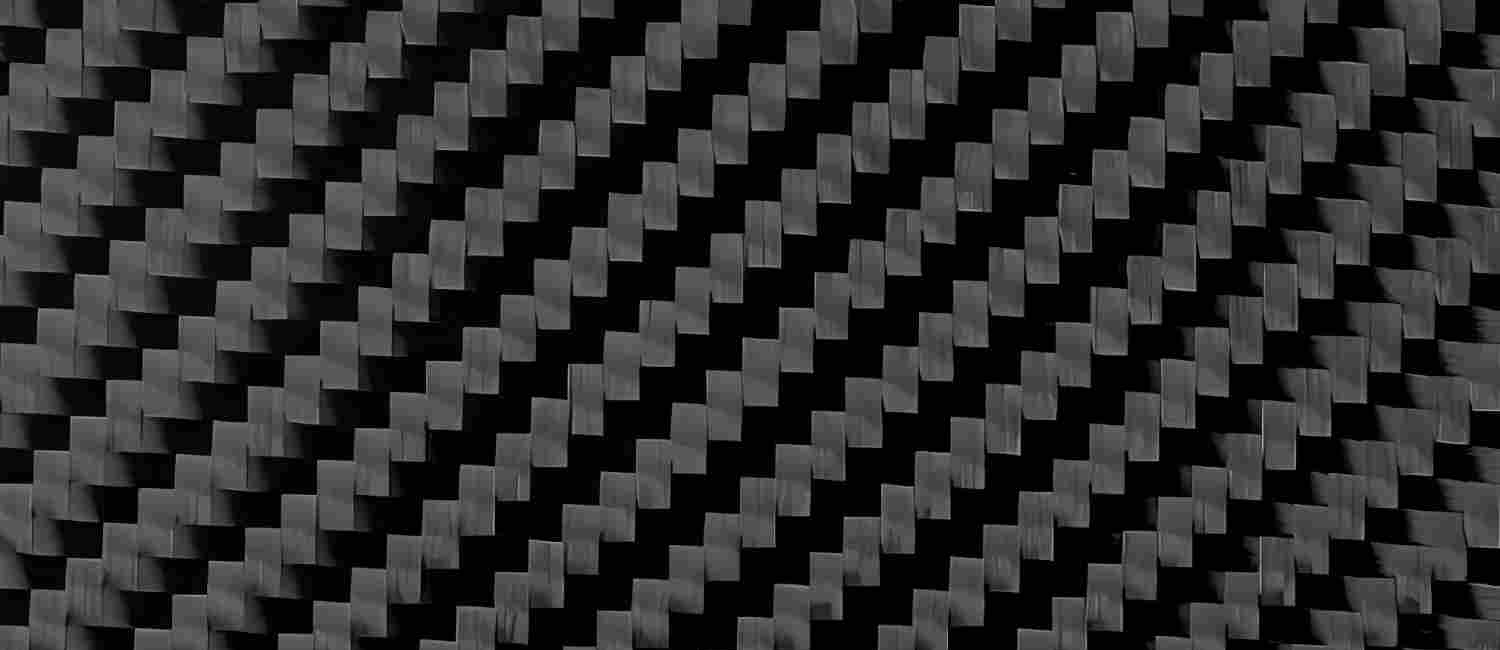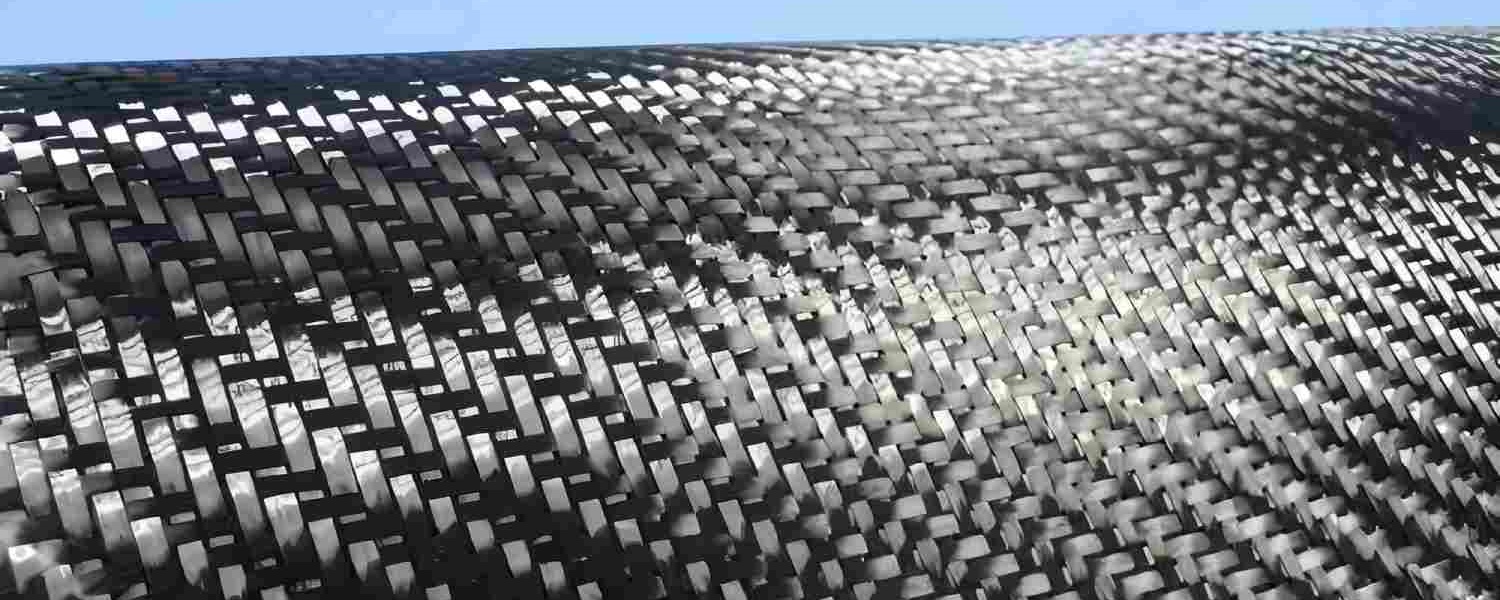Choosing the right carbon fiber fabric is essential if you want to achieve the best performance, appearance, and production efficiency in your composite projects. Each application has its own structural and aesthetic requirements, so the fabric you choose directly affects the strength, weight, and durability of your final product.
At Jlon, we understand that every detail matters. That’s why we provide a full range of carbon fiber fabrics designed to meet your exact needs — whether you’re optimizing for stiffness, flexibility, surface finish, or process efficiency. Our materials help you achieve superior results while keeping your production precise and consistent.
![Carbon fiber fabric]()
Understanding the Differences
Different types of carbon fiber fabrics vary in fiber orientation, weave pattern, resin compatibility, and mechanical properties.
By understanding these distinctions, you can select the most suitable material for your project’s performance and appearance goals.
Below, Jlon presents a detailed guide to the main types of carbon fiber fabrics and practical tips on how to choose the right one for your specific application.
1. Woven Carbon Fiber Fabric
![Woven Carbon Fiber Fabric]()
Overview:
Woven carbon fiber fabrics consist of interlaced warp and weft fibers, providing balanced strength in two directions and excellent dimensional stability.
Common weaves include:
Plain weave: tight, stable structure with a fine pattern
Twill weave: flexible, smooth surface with a distinctive diagonal appearance
Satin weave: soft and drapable, suitable for complex shapes
Technical Data:
Fiber Type: T300 / T700 / T800
Areal Weight: 200–300 gsm
Thickness: 0.25–0.35 mm
Width: 1000–1250 mm
Resin Compatibility: Epoxy, Vinyl Ester, Polyester
Mechanical Properties:
Tensile Strength: 3500–4900 MPa
Elastic Modulus: 230–245 GPa
Density: 1.76 g/cm³
Processing Method:
Suitable for hand lay-up, vacuum infusion (VARTM), and RTM
Works well on flat or moderately curved molds
Recommended Applications:
Automotive body parts, sports equipment, drone shells, molds, and decorative panels.
Selection Tip:
Use plain weave for stability and twill weave when both flexibility and surface aesthetics are important.
2. UD (Unidirectional) Carbon Fiber Fabric
![UD Carbon Fiber Fabric]()
Overview:
UD fabrics align all fibers in one direction, maximizing strength and stiffness along that axis. They are ideal for reinforcing parts subjected to directional loads.
Technical Data:
Areal Weight: 150–300 gsm
Thickness: 0.2–0.35 mm
Fiber Alignment Accuracy: High
Mechanical Properties:
Tensile Strength (0°): 4000–4900 MPa
Modulus: 230–240 GPa
Elongation: 1.5–2.0%
Processing Method:
Suitable for prepreg, pultrusion, and vacuum infusion
Often layered in alternating 0°/90° orientation for structural balance
Recommended Applications:
Aerospace structures, wind turbine blades, UAV arms, and structural reinforcement panels.
Selection Tip:
Choose UD fabric when load direction is clearly defined and maximum directional stiffness is required.
3. Carbon Fiber Kevlar Cloth
![Carbon Fiber Kevlar Cloth]()
Overview:
Hybrid fabric combining carbon fiber (for stiffness) and Kevlar aramid fiber (for toughness), offering a balance between strength, impact resistance, and durability.
Typical Ratio: 50% Carbon + 50% Kevlar
Common Colors: Black/yellow, black/red, black/blue
Technical Data:
Areal Weight: 200–280 gsm
Thickness: 0.3–0.4 mm
Density: 1.5–1.6 g/cm³
Mechanical Properties:
Up to 40% higher impact resistance compared to pure carbon fabric
Excellent tear and abrasion resistance
Processing Method:
Compatible with hand lay-up and vacuum infusion
Kevlar is non-conductive, suitable for insulation applications
Recommended Applications:
Motorcycle fairings, racing shells, protective gear, and abrasion-resistant panels.
Selection Tip:
Select Carbon Kevlar cloth when components require both lightweight strength and high impact resistance.
4. Carbon Spread Tow Fabric
![Carbon Spread Tow Fabric]()
Overview:
Spread tow fabrics use flattened carbon fiber tows to create a lightweight, smooth weave with minimal crimp. This improves mechanical performance and surface finish.
Technical Data:
Areal Weight: 150–250 gsm
Thickness: ~0.2 mm
Width: 1000–1500 mm
Mechanical Properties:
10–15% higher tensile strength than standard woven fabrics
Excellent surface flatness and low resin consumption
Processing Method:
Suitable for vacuum infusion and autoclave curing
Produces high-gloss, aesthetic surface finishes
Recommended Applications:
High-end automotive panels, drones, electronics housings, and sports products.
Selection Tip:
Ideal for projects that demand both high performance and premium appearance.
5. Color Carbon Fiber Fabric
![Color Carbon Fiber Fabric]()
Overview:
Color carbon fiber fabric incorporates colored fibers or coatings into carbon fiber fabrics, combining mechanical strength with decorative appeal.
Coloring Methods:
Colored fiber blending
Metallic coating
Transparent surface films
Common Colors: Red, blue, silver, gold, green, and more
Performance Features:
Excellent UV resistance and color stability
Durable surface finish without fading
Recommended Applications:
Decorative panels, consumer electronics, automotive interiors, and design products.
Selection Tip:
Best choice for aesthetic or branding-oriented applications where visual impact matters.
6. Carbon Fiber Fabric Prepreg
![Carbon Fiber Fabric Prepreg]()
Overview:
Prepreg carbon fiber fabric is pre-impregnated with a controlled amount of resin, offering superior strength, precision, and consistency.
Technical Data:
Resin System: Epoxy / BMI / Cyanate Ester
Resin Content: 35–40%
Glass Transition Temperature (Tg): 120–180°C
Curing Conditions: 120°C / 2h or 135°C / 1h
Processing Method:
Must be stored in low temperature (freezer)
Requires autoclave, compression molding, or oven curing
Excellent fiber-resin ratio control
Recommended Applications:
Aerospace parts, racing car chassis, bicycle frames, and high-performance UAVs.
Selection Tip:
Choose prepreg for precision-engineered, high-strength components where performance consistency is critical.
7. Multiaxial Carbon Fiber Fabric
![Multiaxial Carbon Fiber Fabric]()
Overview:
Multiaxial fabrics are non-crimp laminates with fibers oriented in multiple directions (0°, 90°, ±45°).
They provide multi-directional reinforcement and superior fatigue resistance.
Technical Data:
Configuration: Biaxial / Triaxial / Quadraxial
Areal Weight: 300–600 gsm
Thickness: 0.4–0.8 mm
Mechanical Properties:
Balanced strength in multiple directions
Excellent fatigue and delamination resistance
Processing Method:
Ideal for large-scale vacuum infusion and RTM processes
Recommended Applications:
Wind turbine blades, yacht hulls, bridges, and heavy structural components.
Selection Tip:
Select multiaxial fabric for large structures requiring balanced load distribution.
Comparison Table
Fabric Type | Structure | Key Strengths | Recommended Applications |
Woven Fabric | Bidirectional weave | Balanced strength | Automotive, sports goods |
UD Fabric | Unidirectional | Maximum stiffness in one direction | Aerospace, reinforcement |
Carbon Kevlar | Hybrid | Impact and abrasion resistance | Protective components |
Spread Tow | Flat tow weave | Lightweight, smooth finish | Automotive panels |
Color Fabric | Colored fiber blend | Decorative and strong | Design and consumer products |
Prepreg | Resin pre-impregnated | High precision and consistency | Aerospace, racing |
Multiaxial | Multi-directional layers | All-directional strength | Marine, structural parts |
Conclusion
Selecting the right carbon fiber fabric means understanding how each type supports your project’s goals — whether you prioritize stiffness, flexibility, impact resistance, or visual appeal.
With Jlon, you don’t have to decide alone. Our experts help you evaluate material options, processing methods, and mechanical requirements, ensuring your composite solutions deliver top performance and long-term reliability.
From aerospace to automotive, Jlon is your trusted partner in advanced carbon fiber technology.
![the Differences of carbon fiber fabrics]()
English
العربية
Français
Русский
Español
Português
Deutsch
italiano
日本語
한국어
Nederlands
Tiếng Việt
ไทย
Polski
Türkçe
Bahasa Melayu
Filipino
Bahasa Indonesia
magyar
Română
Čeština
қазақ
Српски
हिन्दी
فارسی
Slovenčina
Slovenščina
Norsk
Svenska
українська
Ελληνικά
Suomi
Հայերեն
עברית
Dansk
اردو
বাংলা
Hrvatski
Afrikaans
Gaeilge
Eesti keel
Māori
नेपाली
Oʻzbekcha
latviešu
Azərbaycan dili
Беларуская мова
Български
ქართული
Kurdî
Кыргызча






































































